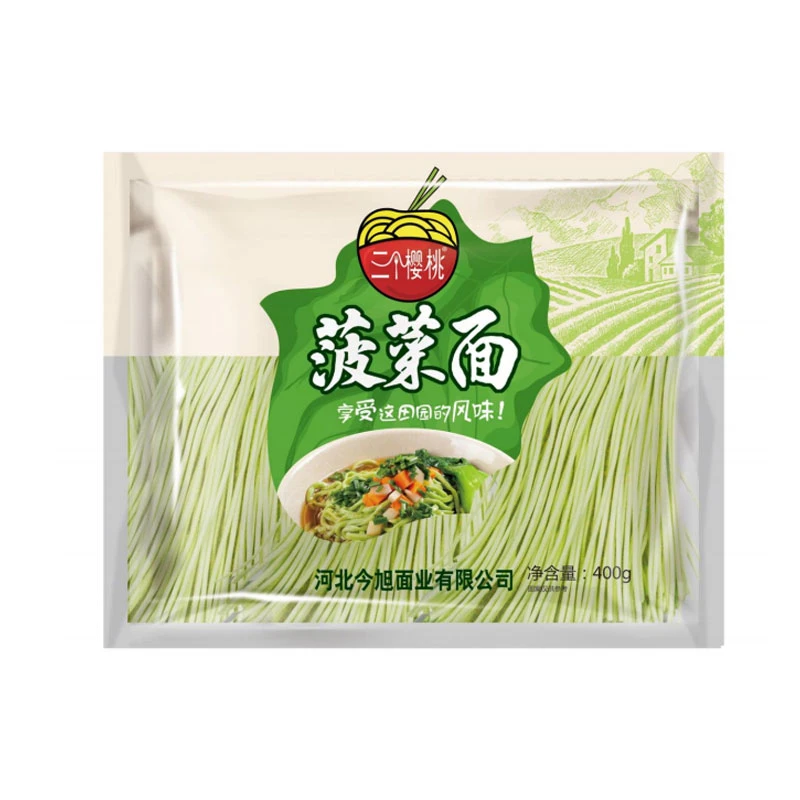handmade ramen noodles
The Art of Handmade Ramen Noodles
Ramen is more than just a popular Japanese dish; it’s a culinary art form that has captured hearts and taste buds around the world. While many enjoy the convenience of instant noodles, there is a growing appreciation for the labor-intensive craft of handmade ramen noodles. This traditional method transforms simple ingredients into a delightful experience, showcasing skill and dedication.
The Ingredients
The foundation of ramen noodles lies in just a few ingredients flour, water, salt, and kansui (a type of alkaline mineral water). The choice of flour is crucial; high-protein bread flour is often preferred for its gluten content, which provides the desired chewiness. Kansui is what sets ramen apart from other types of noodles. By adding alkalinity, kansui gives the noodles their distinctive yellow hue and firm texture, creating a perfect base for soaking up rich broths.
The Making Process
Creating handmade ramen noodles is a meticulous process that begins with measuring the ingredients accurately. The flour and kansui are mixed first, followed by adding water to create a dough. The balance of moisture is vital; too much water results in sticky noodles, while too little leads to dryness.
Once the dough is formed, the real work begins. The dough is kneaded vigorously, a step that develops gluten and enhances chewiness. This might take anywhere from 10 to 20 minutes, and for those making large batches, it can be quite a workout! After kneading, the dough is rested for at least an hour, allowing the gluten to relax, making the subsequent rolling and cutting easier.
After resting, the dough is rolled out into thin sheets. Traditionally, this is done with a rolling pin, but many artisans use pasta machines for a more consistent thinness. The goal is to achieve a uniform thickness, allowing the noodles to cook evenly. Once rolled out, the sheets are dusted with flour to prevent sticking and are then folded and cut into strands.
handmade ramen noodles

Cooking and Serving
Cooking handmade ramen noodles is a quick process compared to their making. Fresh noodles typically only require 2 to 4 minutes in boiling water. The key is to avoid overcooking, as they can become mushy. Once cooked, the noodles are quickly rinsed under cold water to stop the cooking process and then tossed into the bowl with broth.
Serving ramen is a delectable affair. The soup, which can be miso, shio (salt), or tonkotsu (pork bone) based, is often the star of the dish, but the fresh noodles steal the show. A well-prepared bowl of ramen is topped with an assortment of ingredients such as soft-boiled eggs, narutomaki (fish cake), green onions, and sliced pork, each complimenting the noodles and enhancing the overall flavor profile.
The Cultural Experience
Handmade ramen noodles represent not just a meal but a cultural experience. In Japan, ramen shops pride themselves on their unique recipes and techniques, often passed down through generations. Dining on ramen is an occasion, where the inviting aroma, vibrant colors, and diverse textures engage all the senses.
Moreover, the popularity of ramen has spread to other countries, leading to creative adaptations that blend traditional methods with local ingredients. This fusion showcases the versatility of ramen, making it a worldwide favorite.
In conclusion, handmade ramen noodles exemplify the beauty of simplicity in cooking. The dedication to quality ingredients and careful preparation results in a dish that is both comforting and full of character. Whether enjoyed in a bustling ramen shop in Tokyo or a small kitchen at home, each bowl tells a story of craftsmanship, tradition, and warmth.
-
Is Whole Wheat Pasta Healthy?NewsMay.30,2025
-
Are Soba Noodles Good for Weight Loss?NewsMay.30,2025
-
Are Buckwheat Soba Noodles Healthy?NewsMay.30,2025
-
Are Buckwheat Soba Noodles Gluten Free?NewsMay.30,2025
-
Are Buckwheat Noodles Good for You?NewsMay.30,2025
-
A Healthy Way to Savor Soba and Spicy FlavorsNewsMay.30,2025
-
What Are Lanzhou Noodles?NewsMay.30,2025
Browse qua the following product new the we

















































































































